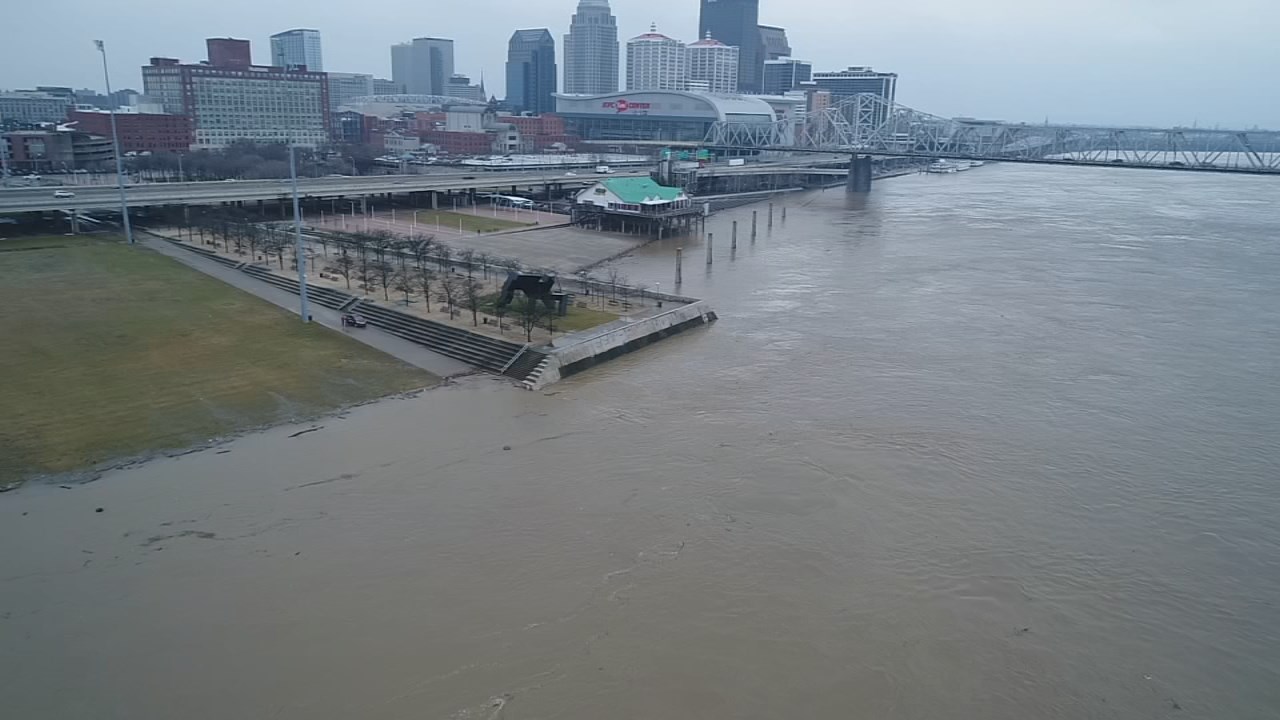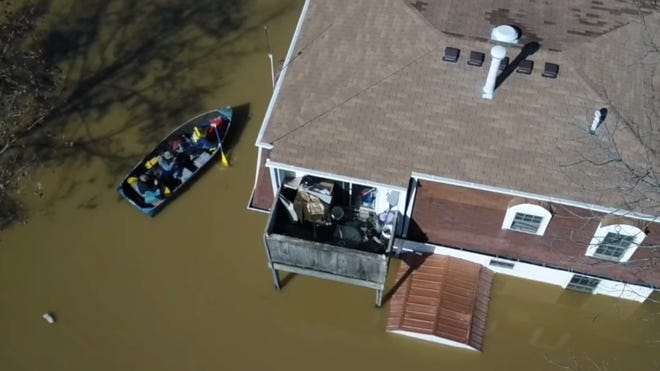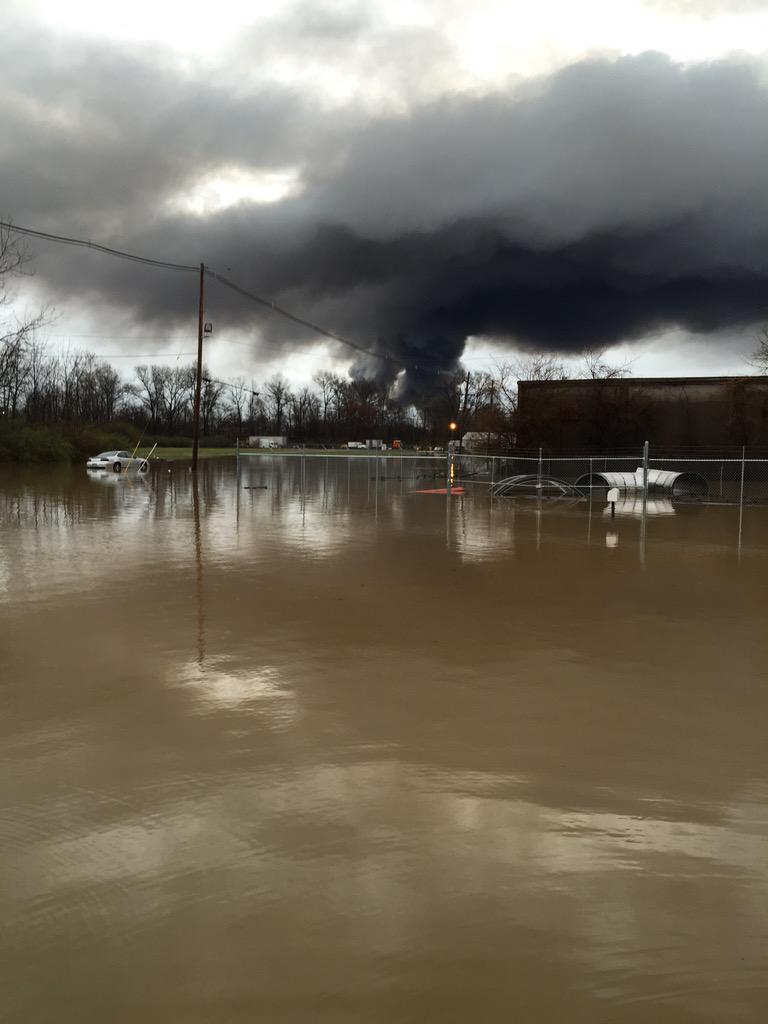Table of Contents
- Aerial images show extent of Louisville flooding
- What to know about Louisville's flood protection system: Video
- As storms continue to move through Louisville, MSD prepares to deal ...
- Aerial images show extent of Louisville flooding
- Aerial images show extent of Louisville flooding
- Death toll rises following Kentucky’s recent severe weather | whas11.com
- Louisville is seeing bigger storms, heavier rain
- Scope of Louisville flooding seen in drone, helicopter video
- Louisville is both flooding and on fire
- Aerial images show extent of Louisville flooding


The Ohio River has experienced numerous floods throughout its history, with some of the most significant events occurring in the 20th century. One of the most notable floods was the Great Flood of 1937, which saw the river crest at an unprecedented 57.1 feet, inundating much of downtown Louisville and surrounding areas. The floodwaters caused widespread destruction, displacing thousands of people and resulting in significant economic losses.

In comparison, more recent floods have been less severe, but still impactful. The 2011 Ohio River flood saw the river crest at 55.5 feet, causing significant flooding in low-lying areas and prompting evacuations. Similarly, the 2018 Ohio River flood reached a crest of 54.8 feet, resulting in flooding and disruptions to local businesses and residents.


Comparing Historic Crests


As the data shows, while recent floods have been less severe than the Great Flood of 1937, they still pose a significant threat to the city and its residents. The Ohio River's flood stage is 55 feet, and any crest above this level can result in flooding and disruptions. It's essential for residents and visitors to stay informed about weather conditions and river levels to stay safe.


Preparation and Mitigation

By understanding the history of Ohio River floods and taking proactive steps to prepare and mitigate their impact, Louisville can reduce the risk of damage and displacement, ensuring the city remains a thriving and vibrant community for generations to come.
The Ohio River's historic crest and past floods serve as a reminder of the power and unpredictability of nature. By examining the data and taking steps to prepare and mitigate the impact of future floods, Louisville can minimize the risks associated with high waters and continue to thrive as a city. Whether you're a resident, visitor, or simply interested in the history of the Ohio River, it's essential to stay informed and respect the river's power.Stay up-to-date with the latest news and information on Ohio River floods and other local topics by following The Courier-Journal and WDRB News. For more information on flood protection and emergency management, visit the City of Louisville's website.